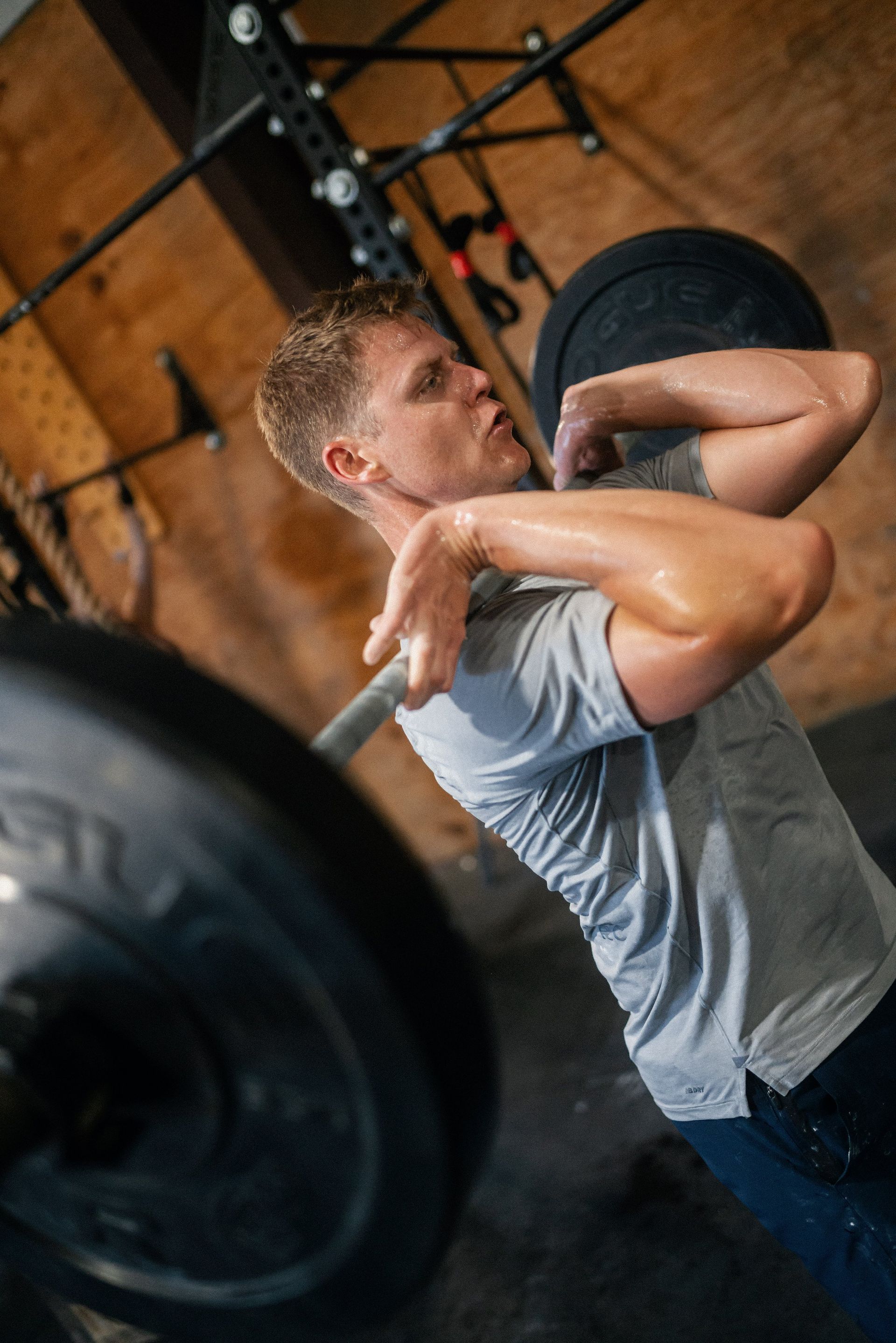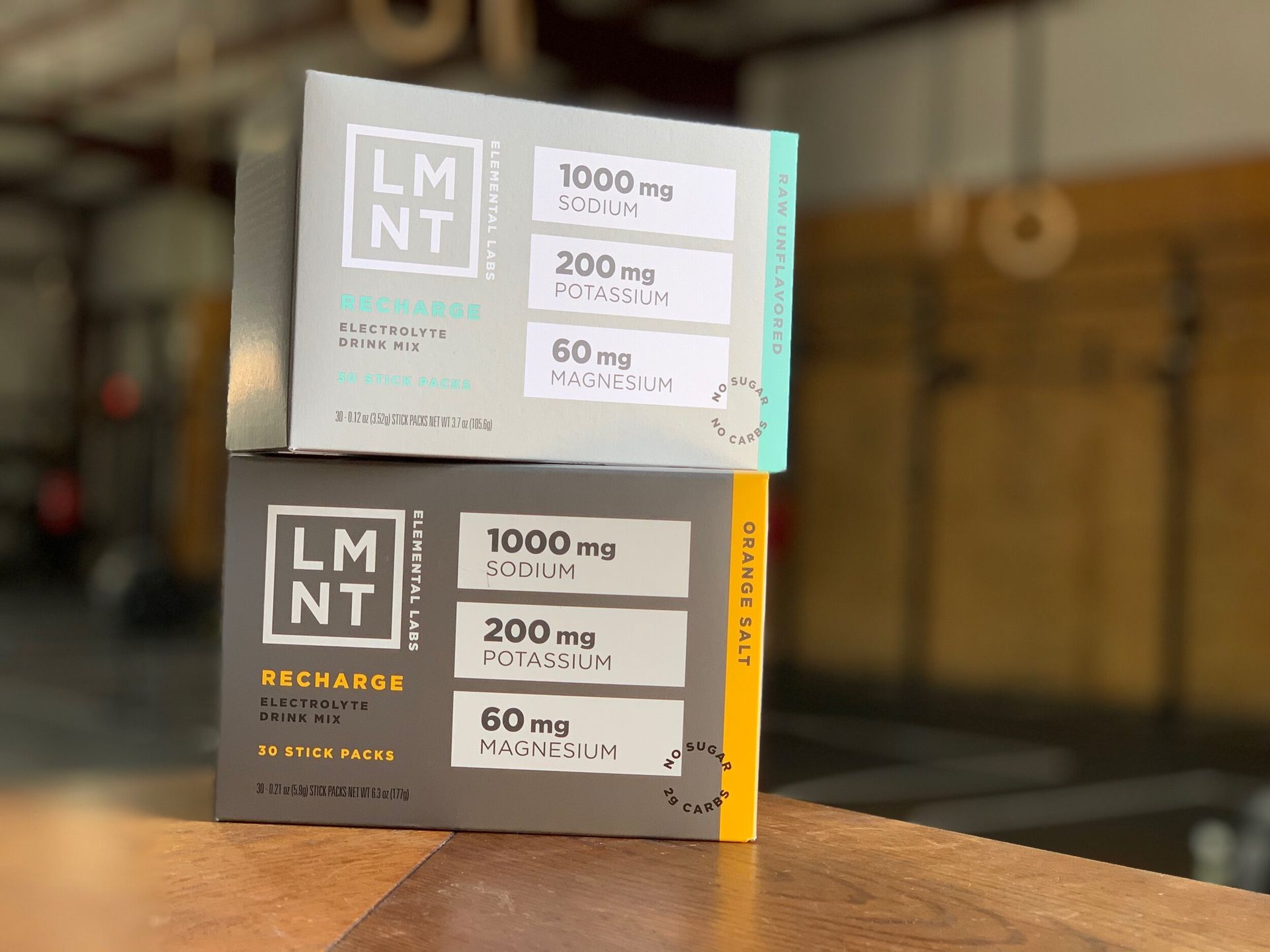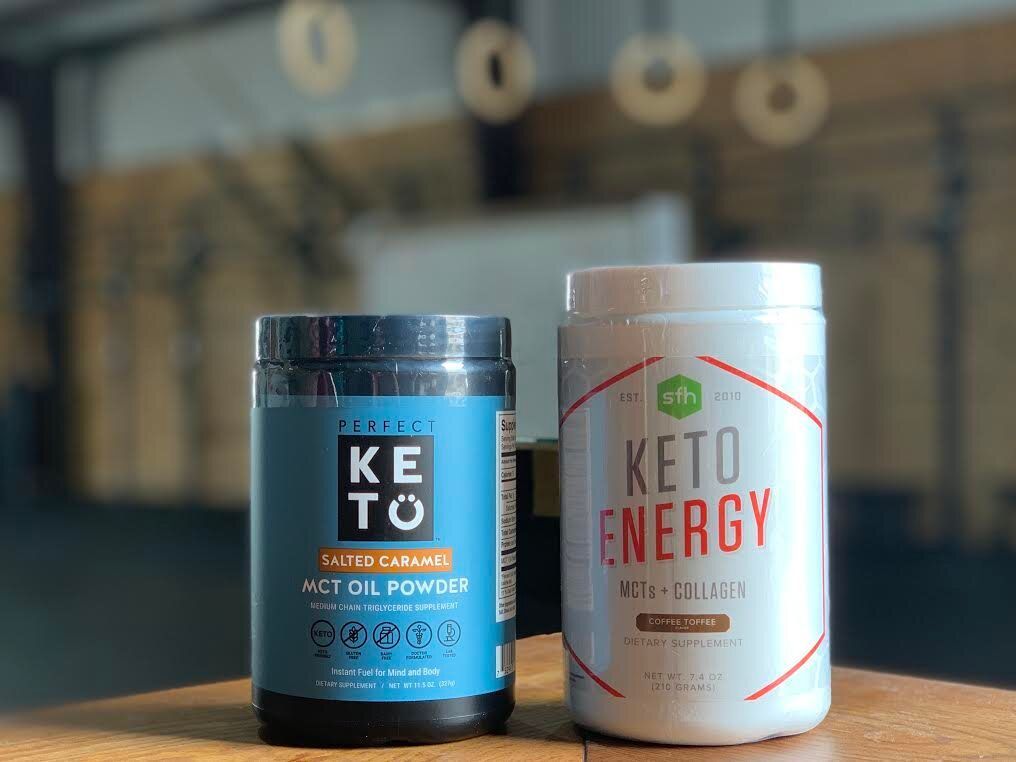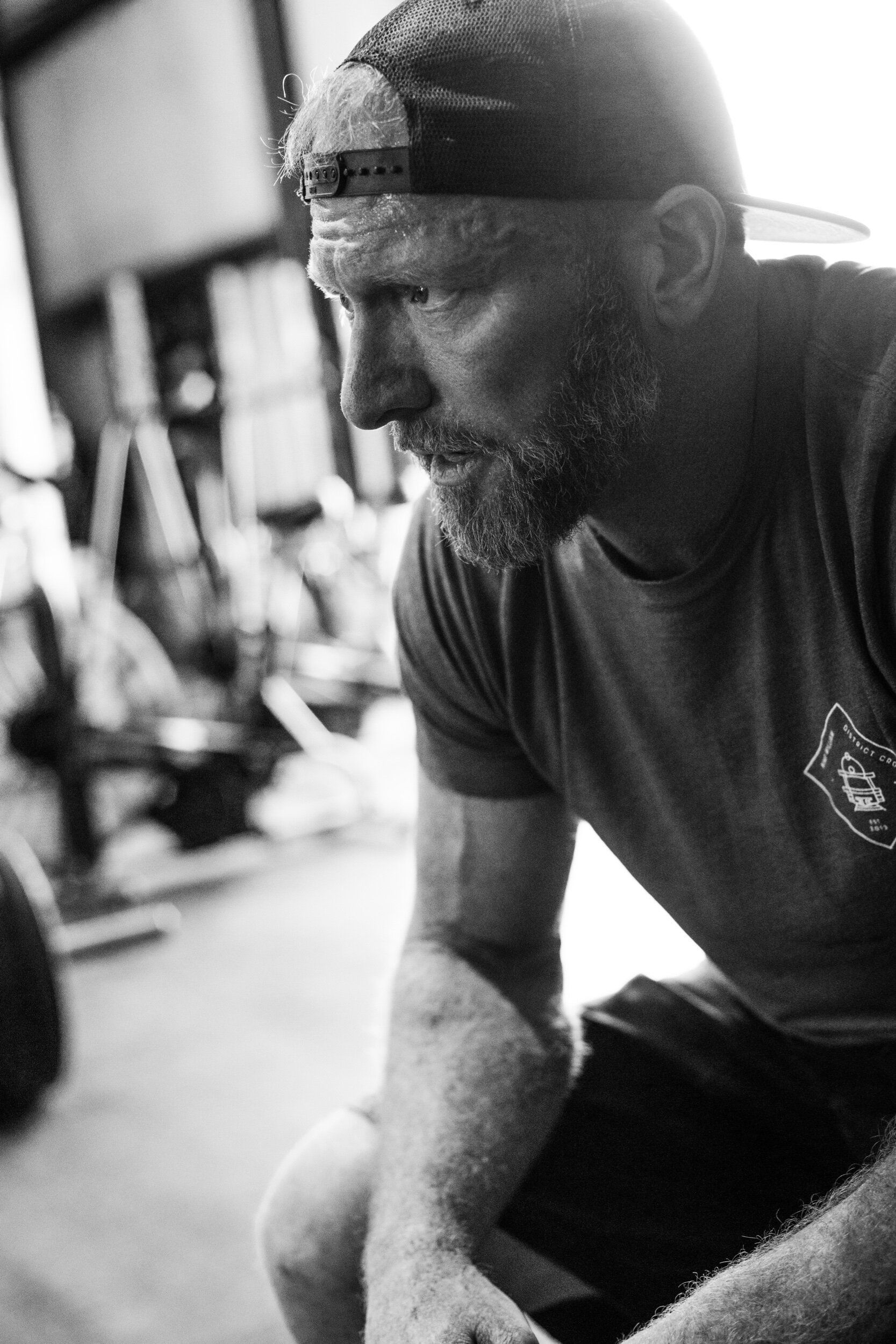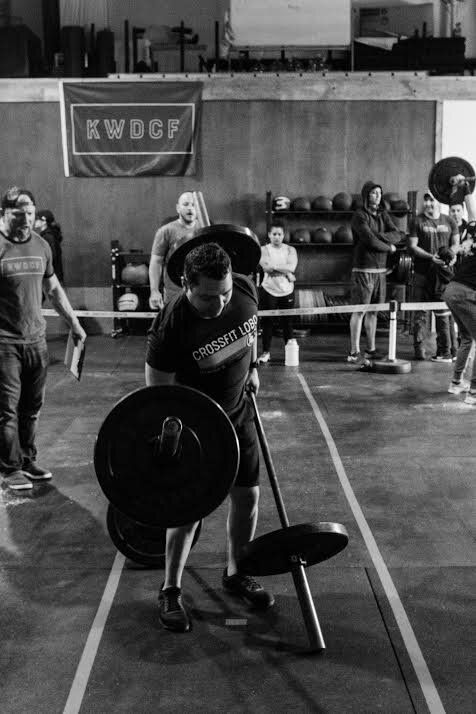blog
Discover expert fitness advice, success stories, and training tips on the King William District CrossFit blog! Book a free consult to start your fitness journey with us today!
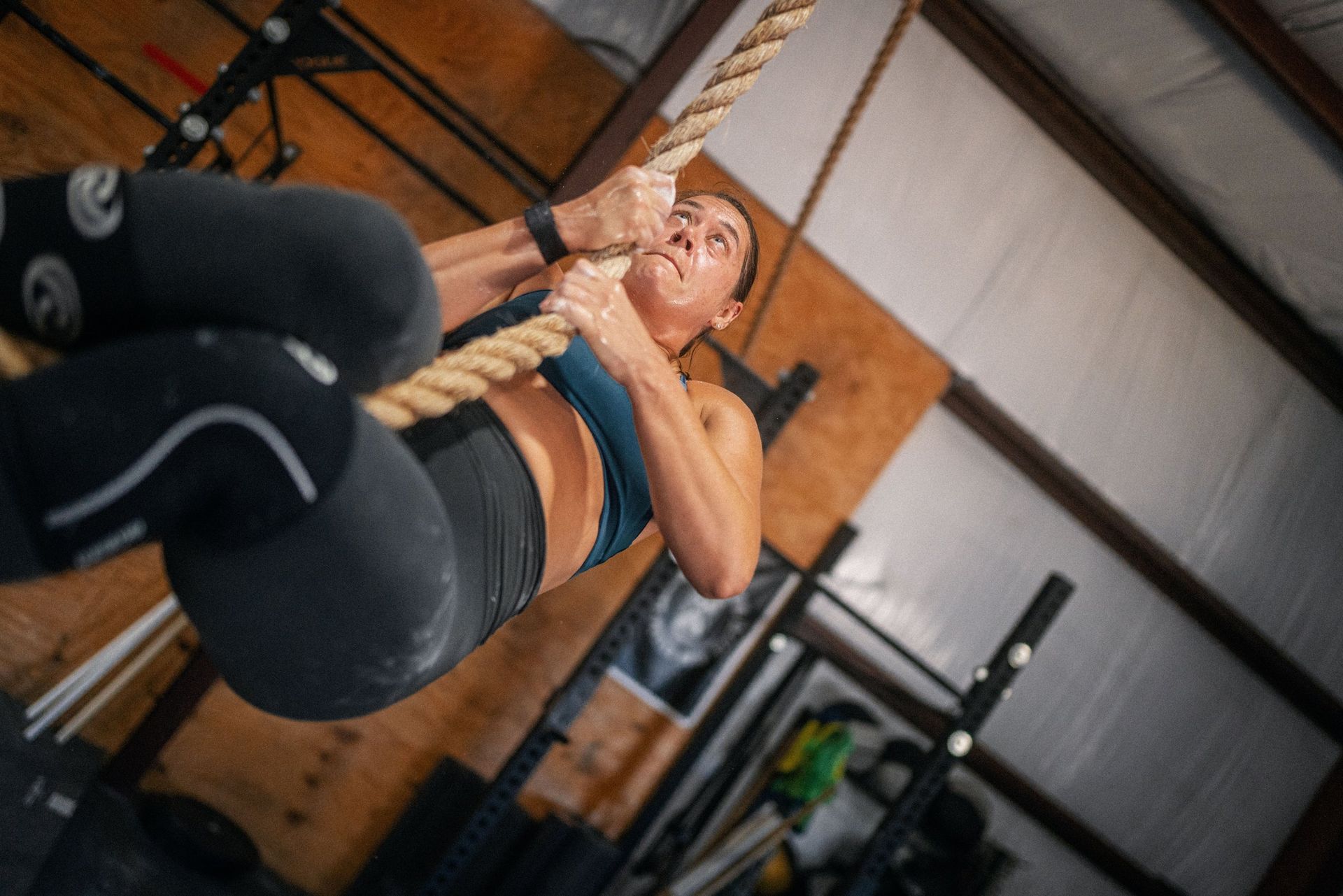
This is about one of those “Why” questions. Why do I train myself physically? Or also, why should I train myself physically? To look good in my undies? To fight off diabetes? Both are solid answers to the question “Why?”. I have another reason and it is one that applies to everyone. Through our fitness journey there are always some ups and downs. I submit this as food for thought during one of those down times when you need a push to get going again.
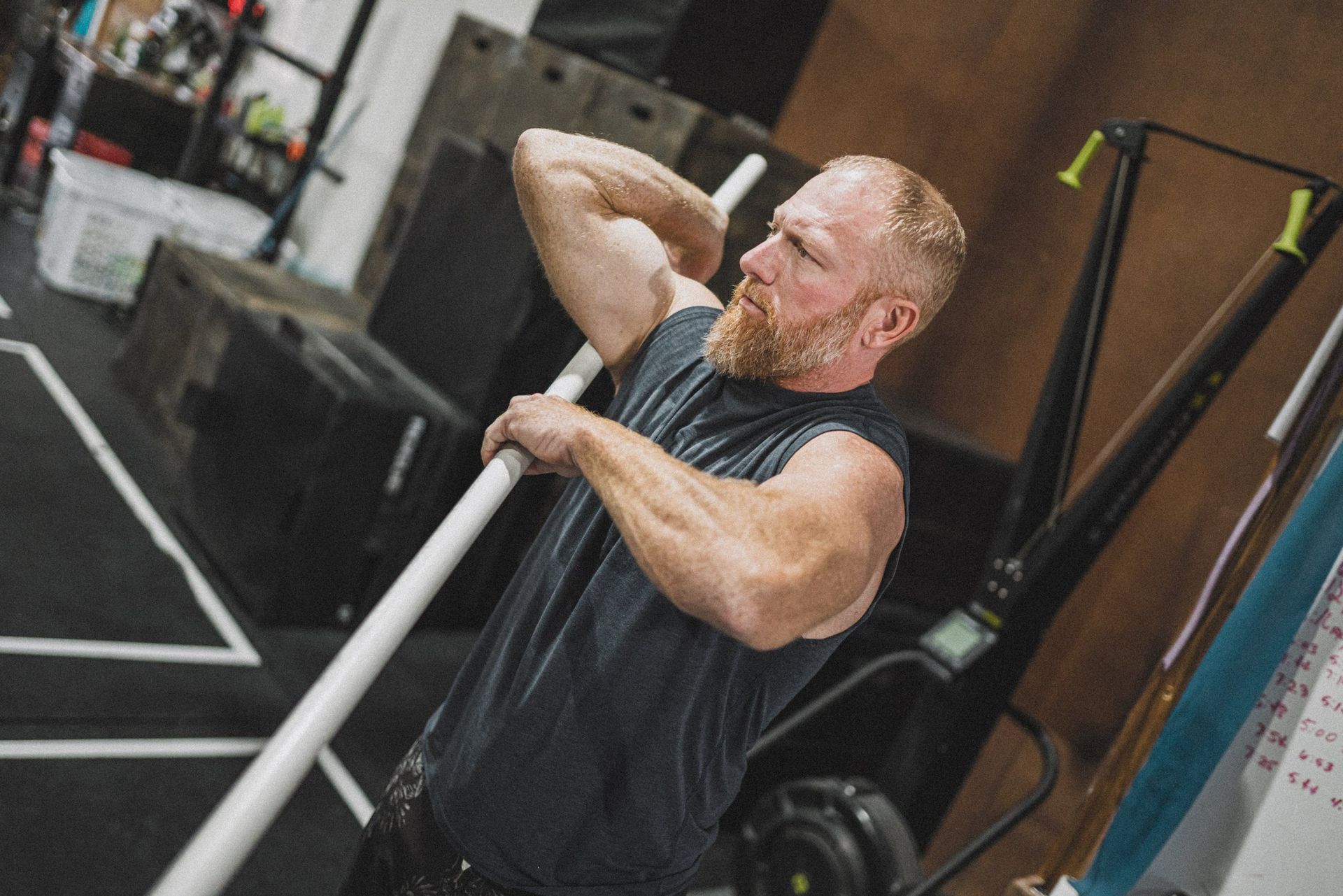
You may or may not have noticed that my name has not been on the Whiteboard as much for a little while. I’m happy to say that should be changing soon. I put a LOT of time, thought, and energy into the programming of the workouts we do in class, and I love (and hate) doing them. However, the 8:30am class knows this does not mean I haven't been working out! I've just been doing unique variations of the class WOD like all of you have needed to do at times when you have an injury.
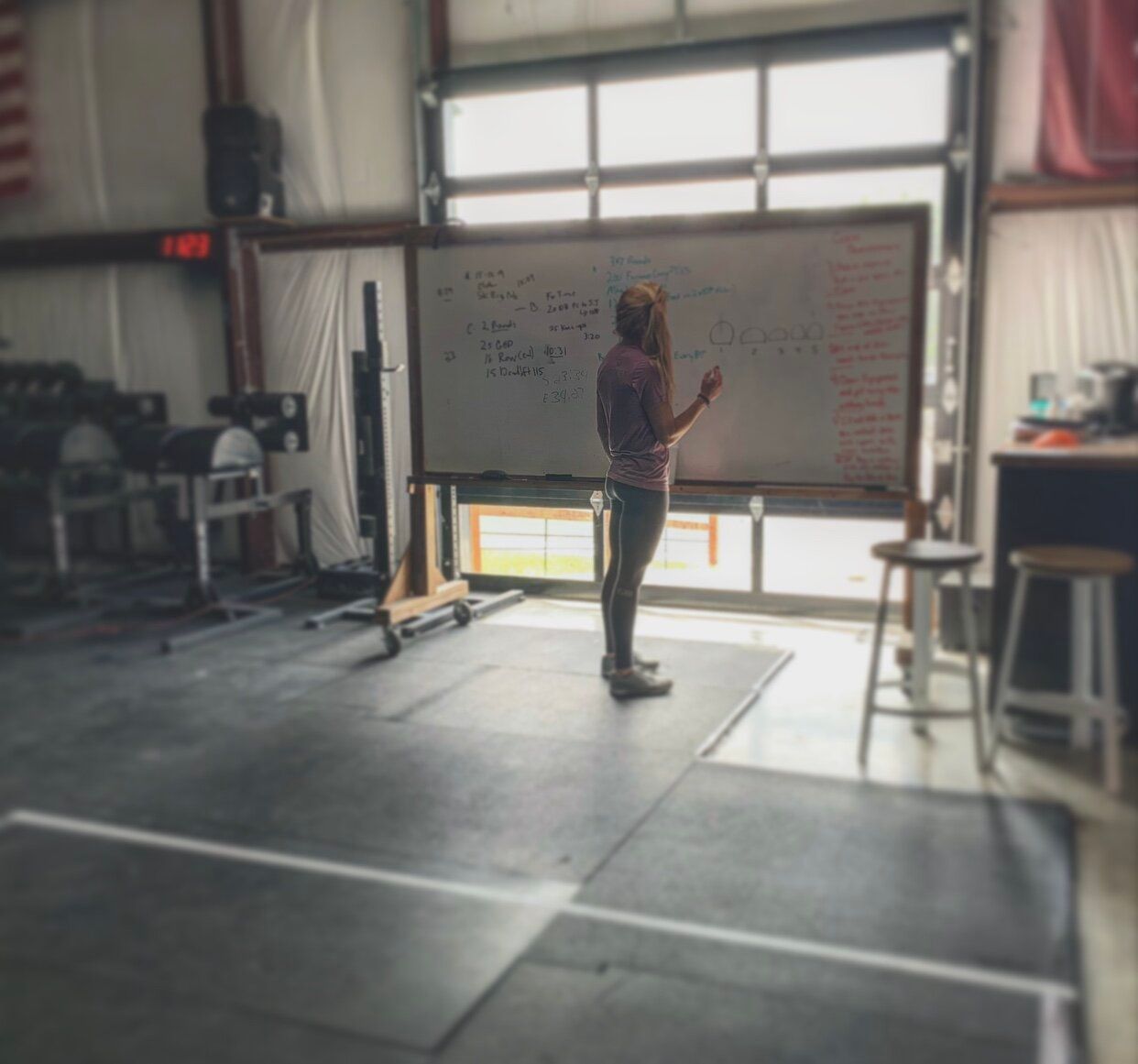
This is going to be a “Choose Your Own Adventure” type of article, so START HERE if you haven’t looked into or you want to look into some of the statistics (current as of the date this was written) regarding SARS CoV 2, the virus that causes the disease COVID-19. SCROLL DOWN about five paragraphs to read the good news amidst the doom and gloom of the statistics, or at least some actions you can take for yourself and for those you love to provide you with some COVID-19 armor.

Where will all of us be when the dust settles? The effects of COVID-19 will be felt worldwide and forever. A lot of our current ways of doing things will be gone and may not come back. The way we think about fitness will be one of the things that will change after this. The evolution of how all of us are fit is also going to take a giant leap forward. At first, this may seem somewhat trivial right now; in actuality it is a matter of life and death.
it's time to Crush your goals
Your goals, your plan. Kick off with a free consultation so we can craft a fitness approach that fits your needs.

